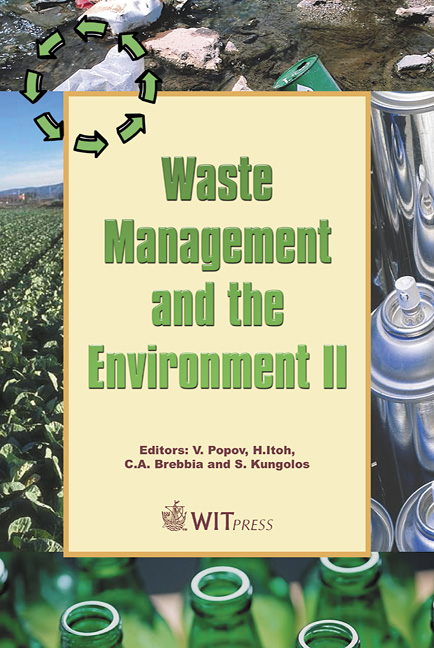Destruction Characteristics Of Irradiated Graphite Waste At Various Waste Thermal Conditions
Price
Free (open access)
Transaction
Volume
78
Pages
9
Published
2004
Size
375 kb
Paper DOI
10.2495/WM040101
Copyright
WIT Press
Author(s)
H. C. Yang, D. G. Lee, H. C. Eun, J. H. Lee, K. W. Lee & W. Z. Oh
Abstract
This study investigated the thermal destruction characteristics of nuclear graphite waste at up to 1000 °C for various waste thermal conditions. The purpose of this study is to get some useful data that are required to design a thermal treatment furnace for nuclear graphite waste. The basic design and operating parameters, such as temperature, heating rate and gaseous atmosphere, on the graphite decomposition characteristics were investigated using a thermo-gravimetric analyser (TGA) coupled with a gas chromatography-mass spectrometer (GC-MS) system. The tested graphite was not easily destroyed in oxygen-deficient conditions. No significant amount of the products of incomplete combustion was formed even in the limited oxygen concentration of 4% O2. However, the oxidation reaction was found to be very effective in the presence of oxygen. It could therefore be said that direct incineration would be very effective to reduce the volume of nuclear graphite waste. The influence of temperature and oxygen partial pressure was evaluated by the theoretical model analysis of thermo-gravimetric data. The activation energy and the reaction order of graphite oxidation were evaluated as 128 kJ/mol and 1.1, respectively. 1 Introduction Graphite has been used as a moderator and reflector of neutrons in many nuclear reactors. The old graphite moderated reactors have been shut down and. decommissioning of an old graphite reactor generates a huge amount of radioactive graphite waste. The radioactive graphite waste has different characteristics compared to other radioactive waste due to its physical and
Keywords





